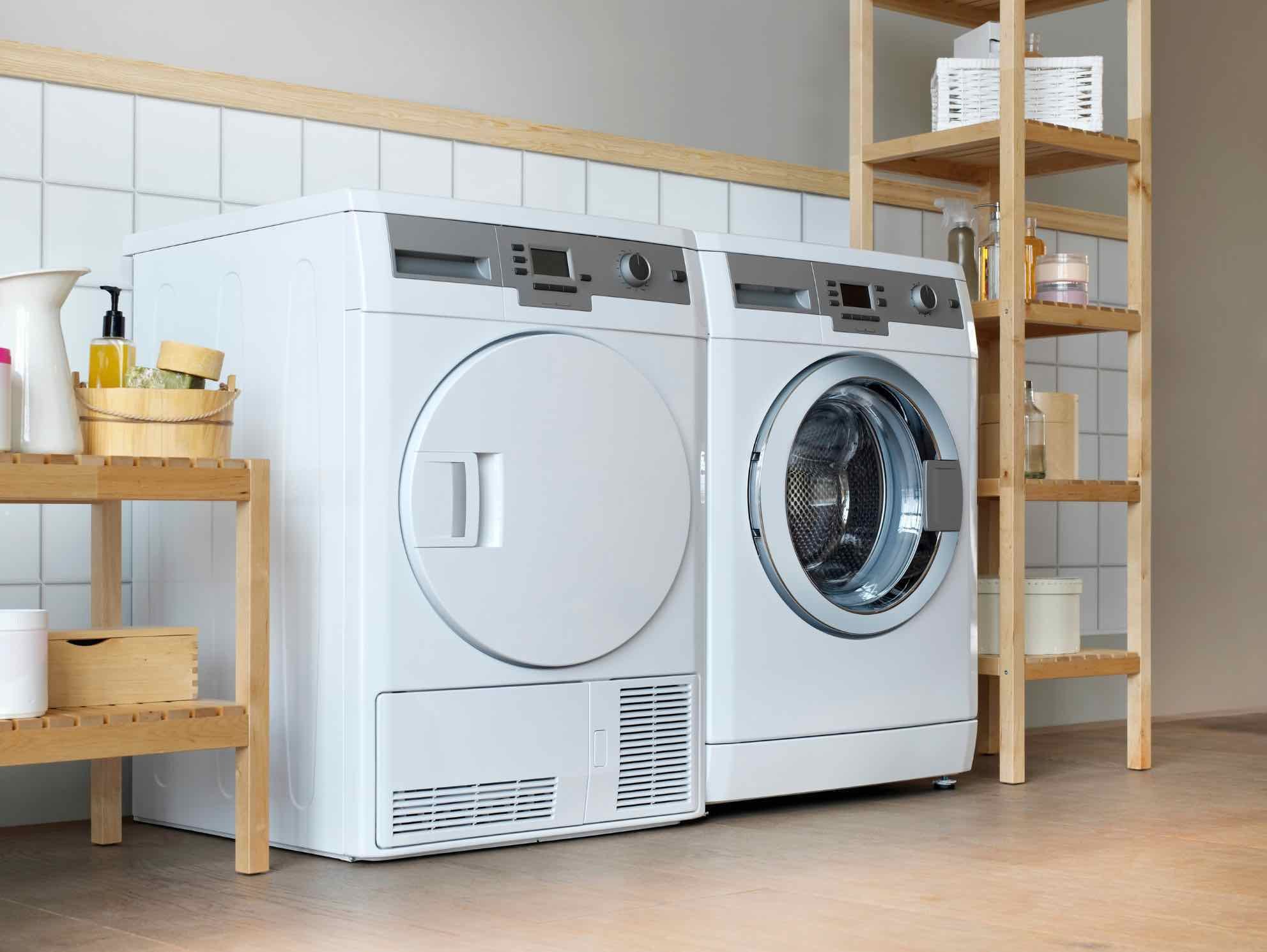Appliances
A typical home has electric and gas appliances. These include cooktops, ovens, microwaves, dishwashers, lighting, refrigerators, washing machines, clothes dryers, computers, TVs, and other items.

How can they help you save money and reduce emissions?
Australian households generate, on average, between 7-14 tonnes of carbon emissions each year. Appliances contribute up to 30% and lighting typically accounts for around 10% of an Australian home’s energy consumption.
The energy rating scheme is a joint initiative of Federal and State Governments, enabling consumers to compare the efficiency of one model relative to other models of the same size - more stars equate to more energy savings.
Most appliances are rated between 1 and 6 stars. Every extra star saves approximately 20% on running costs, so buying an appliance with more stars, saves you money on energy bills and reduces emissions.
How do I get it?
Choose electric over gas. The electricity grid is reducing its carbon footprint and electric reverse cycle air-conditioners are now the cheapest way to heat and cool your home.
Fridges, air-conditioners, TVs and other appliances over 10 years old will be significantly less efficient than good current models.
When buying new appliances, choose appliances with more stars.
A cheap inefficient appliance will cost much more over its life than an efficient one that may be a bit dearer.
Make sure your lighting has been converted to LED lights. LED downlights can save you a lot on your energy bills as they are up to 90% more efficient.
Utilise electricity from rooftop solar or look at investing in rooftop solar if you don’t have it.
Use cold water in your washing machine, and the eco-setting on your dishwasher. For small quantities, use the microwave oven or for rice, a rice cooker instead of the oven or cooktop.
Resources
Solar Buyers Guides | Solar Victoria
